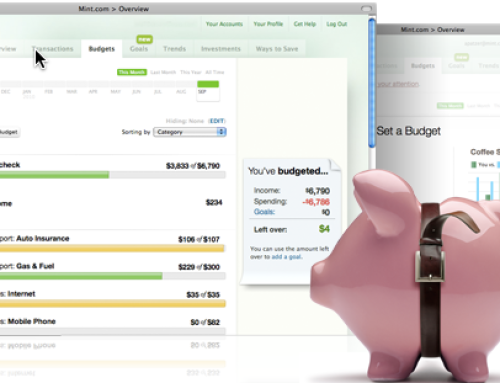
Managing finances is something that many of us struggle with. It is especially difficult today when our economy is unstable and unpredictable and the cost of everything is on the rise. Many people live on a very limited budget and are struggling to make ends meet every month. Others still are saddled down with large amounts of debt that they have no idea how they can ever manage to pay back. This makes life stressful for even the most patient of humans. However, personal finance does not have to be a headache-inducing experience. With a bit of advice, creating a budget – a real, workable budget that actually makes sense for one’s circumstances – is actually pretty easy.
Many want to know how to make a budget and what follows are the basic tenants of making a budget that actually allows one to manage their finances.
Make a List of Expenses and Prioritize Them
One of the first things one has to do is figure out how much money is actually going out of one’s proverbial pocket each month. It helps to make a list of all expenses, including debts. This will give one an idea of how much their lifestyle actually costs them. This list of expenses and financial obligations can then be prioritized based on need and importance. This is also often a time when families see areas where they might better control their spending.
A prioritized list will help one determine what debts or obligations are the most expensive for them – which cost them the most in the long-run, and eliminate those first. This frees up more budget space for savings or other needs.
Focus on Debt First
When many people ask how to make a budget, they are looking for a way to get rid of debt. When making that list of expenses, prioritize debts based on interest rates and the amount of the overall loan, paying off the ones that charge the most interest or incur the most penalties first. Focusing on one debt at a time makes it easier to get rid of debt and also allows one to see their progress in a more tangible way.
Make a Smart Savings Plan
One has to have something put away for that proverbial rainy day and even those on a limited budget can make this happen. Include savings on your expense report, as it is a monthly expense for hard times or the future. Figure out how much you can afford to put away while still being able to meet all your other obligations and add this amount to your monthly expenses. Even if it is just $10, it adds up over time. Looking at savings in the same manner as one would a bill makes it easier to stick to savings. If one thinks of it like writing out a bill every month, it seems, psychologically different than making a conscious decision to put “x” number of dollars away each month. Pay your savings each month, like a bill, and see your savings slowly, but surely grow.
Sticking to a budget that doesn’t constrain is actually pretty easy. Too often, we create unrealistic budgets that we either cannot actually manage or that constrain ourselves in such a manner that means we are bound to break the budget and fail to reach our goals. Whether one just wants to create a workable budget, or wants to get out of debt, the tips above give you a place to start when thinking about making a budget.













Follow Us